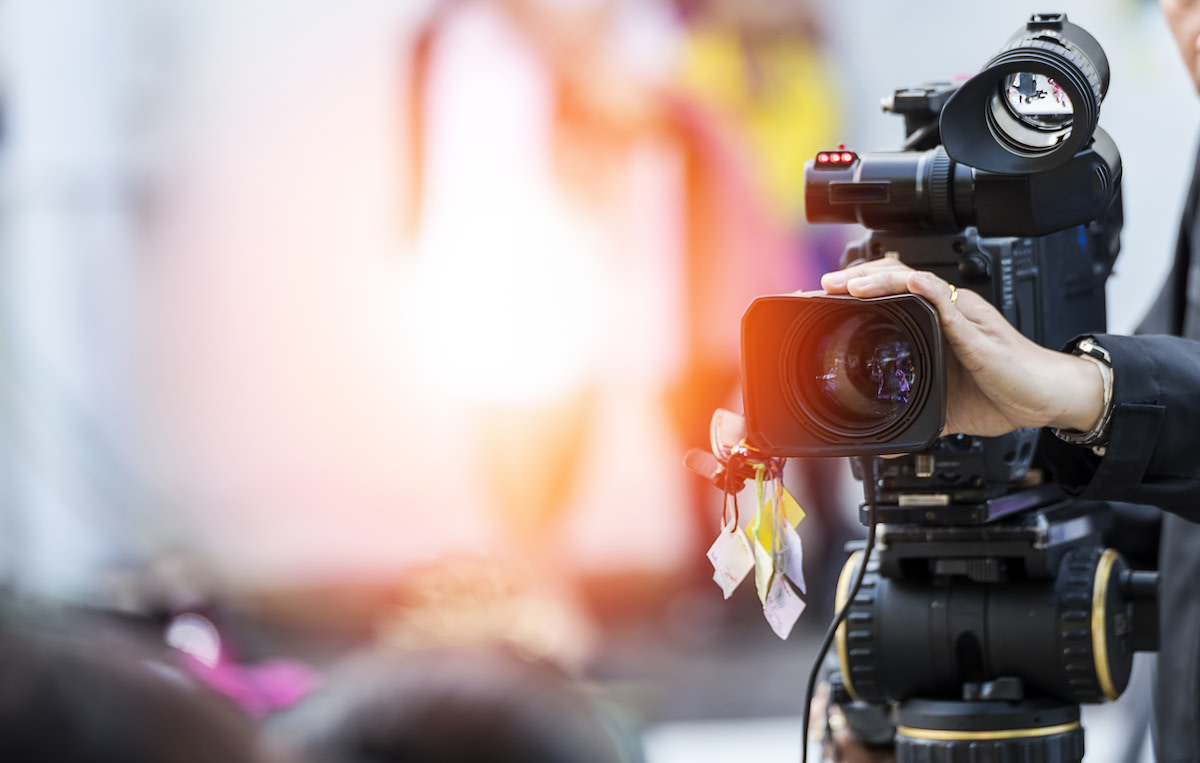What Is a Wide Shot in Film? How Directors Use Wide Shots in Filmmaking
Written by MasterClass
Last updated: Aug 24, 2021 • 4 min read
Whether used to establish a scene or to move the story along, the wide shot is a filmmaking staple used in nearly every movie and television show.
What Is a Wide Shot?
A wide shot, also called a long shot or a full shot, is a shot that shows the subject within their surrounding environment. A wide shot tells the audience who is in the scene, where the scene is set, and when the scene takes place. Wide shots allow actors to utilize their physicality and give the director a lot of space in which to work.
Learn From the Best
3 Main Types of Wide Shots
The director of photography will choose a wide-angle lens for a wide shot, which is able to capture all the action from far away. Of all the types of camera shots, the wide shot most closely captures the feeling of watching a play on stage, because it shows the complete picture of an actor and their surroundings. Wide shots an integral part of the filmmaking process and are a common shot found on many shot lists. There are three main wide shots to know:
- 1. Wide shot: The entire subject appears in the shot, along with some of the surrounding environment. A wide shot is filmed close enough to emphasize the actor, but far enough away to show the actor’s location. You can see their whole body within the frame, with enough space surrounding them to indicate the setting.
- 2. Very wide shot: Halfway between a wide shot and an extreme wide shot, the emphasis is on the actor’s environment—the actor is barely visible in a very wide shot.
- 3. Extreme wide shot: Filmed from so far away that the audience can no longer see the actor. The context of an extreme wide shot may indicate that the character(s) are somewhere in the scene, however. Extreme wide shots are often used as establishing shots.
6 Different Ways to Shoot a Wide Shot
When filming a wide shot, there are a number of ways to position the camera:
- 1. Two-shot: Places two subjects side by side or facing one another in a single frame.
- 2. Point of view shot: Shows the action through the eyes of a specific character, letting the audience become that character.
- 3. Over-the-shoulder shot: Captures two subjects in the same frame by positioning the camera behind the shoulder of one subject (with the other subject visible on screen).
- 4. High-angle shot: Used to indicate the balance of power between characters. In high-angle shots, the audience looks down on the subject, giving the audience a sense of superiority.
- 5. Low-angle shot: Used to indicate the balance of power between characters. In low-angle shots, the audience looks up at the subject, giving the audience a sense of inferiority.
- 6. Eye level shot: Places the camera eye-level with the subject, which is how we see people in real life. An eye-level shot gives the audience a neutral perspective of the characters in the shot.
How Is a Wide Shot Different From an Establishing Shot?
A wide shot is a shot size, while an establishing shot is a technique. Wide shots refer to the distance between the camera and the subject; establishing shots appear at the start of a film or at the beginning of a new scene to establish where and when the action takes place. An establishing shot can be a wide shot, but wide shots are not always establishing shots.
How Directors Use Wide Shots
Directors use wide shots for a number of reasons:
- To show the audience how a character relates to their surroundings. An actor’s placement within their environment informs the audience of where they are, who’s with them, and, depending on the camera angle, can indicate power dynamics between characters.
- To share a lot of detail quickly. A wide shot shows details about the world of a scene, like the location and time period.
- To explore a landscape. Whether it’s an empty desert on a sweltering day or a futuristic world, a wide shot immerses the audience into the film’s setting.
5 Essential Steps to Planning Wide Shots Ahead of Time
A wide shot that has a lot of moving parts requires advance planning:
- 1. Scout the right location. Whether shot on a sound stage or on-location, finding the right place and making sure the location manager secures the necessary permits takes time and should happen well in advance of the shoot day.
- 2. Figure out the camera lenses and camera movement. The camera needs a wide focal length (at least 35mm) to be able to see a lot of the location in the shot, but also shouldn’t accidentally reveal any of the cast and crew in the frame.
- 3. Have the proper camera equipment. For a more complex wide shot, the director may call for additional equipment. For example, if the shot zooms out into a wide shot, very wide shot, or extreme wide shot, that could require a dolly, crane, or drone.
- 4. Make a lighting plan. When filming on location, the gaffer needs to take the weather and the position of the sun into account for the shooting schedule. Knowing this information ahead of time—and knowing how to light the scene manually in case the weather isn’t as expected—is key to a successful wide shot.
- 5. Determine the blocking. Wide shots may include anywhere from a few dozen to a few hundred extras. Making sure everyone knows what they’re supposed to do and where they’re supposed to stand saves time on set.
Learn more filmmaking techniques in David Lynch’s MasterClass.
